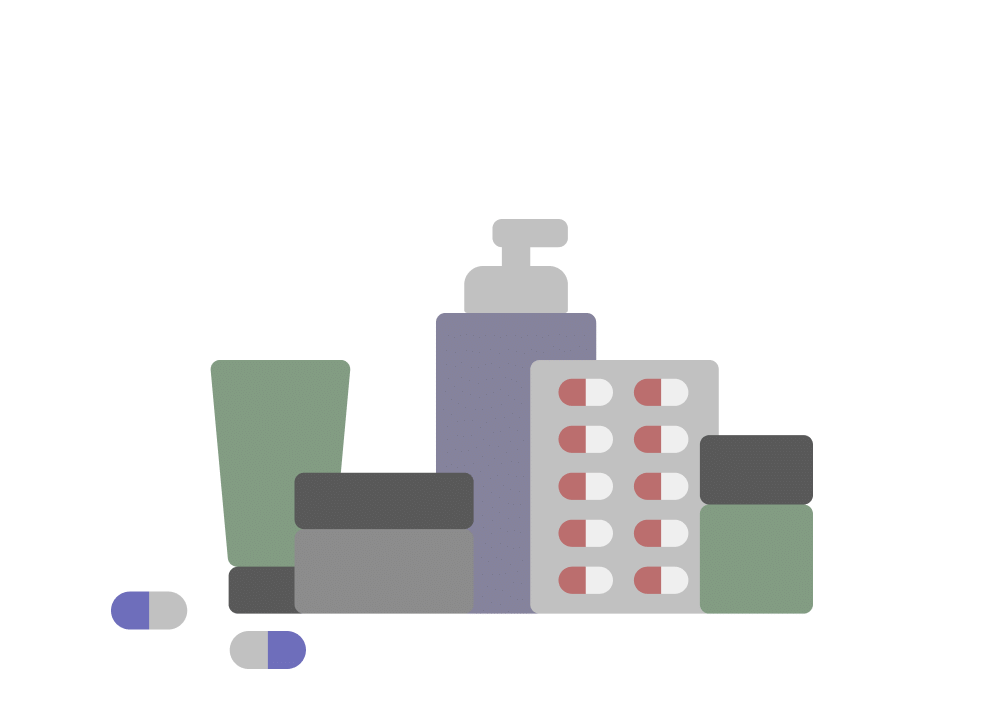
Hi Glow Cream
Manufacturer
Luxica Pharma Inc.
Salt Composition
Hydroquinone (4% w/v)
Key Information
Short Description
Hi Glow Cream is a skin-lightening medicine used to treat melasma, a condition characterized by darkened skin patches and spots (hyperpigmentation).
Dosage Form
Cream
Introduction
Hi Glow Cream is for external use only. You should use it in the dose and duration as advised by your doctor. You must wash your hands thoroughly before and after applying this medicine. This medicine should be used regularly to get the most benefit from it. Do not use more than you need as some side effects may be increased. Hi Glow Cream has a few potential side effects but not everyone will get them. These may include dry skin, itching, skin burn, skin peeling, and skin redness. Serious allergic reaction to this drug is rare but let your doctor know if you’re bothered by side effects or they do not go away. Make sure you read the instructions that come with your medicine. Avoid contact with eyes. In case of accidental contact, you should rinse your eyes thoroughly with water.
Directions for Use
This medicine is for external use only. Use it in the dose and duration as advised by your doctor. Check the label for directions before use. Clean and dry the affected area and apply the cream. Wash your hands after applying unless hands are the affected area.
Safety Information
Side Effects
dry skin itching skin burn skin peeling skin redness
Alcohol Warning
No interaction found/established
Breastfeeding Warning
Hi Glow Cream is probably safe to use during breastfeeding. Limited human data suggests that the drug does not represent any significant risk to the baby.
Pregnancy Warning
Hi Glow Cream may be unsafe to use during pregnancy. Although there are limited studies in humans, animal studies have shown harmful effects on the developing baby. Your doctor will weigh the benefits and any potential risks before prescribing it to you. Please consult your doctor.
How it works
Hi Glow Cream is a skin lightening medication.
Quick Tips
Hi Glow Cream helps in lightening of hyperpigmented skin. It should always be used along with sun-avoidance measures like using sunscreens (UV-A and UV-B protective) and wearing protective clothing. Apply a thin film to and around the affected area/lesion. Avoid getting it in your eyes or mouth. If this happens, rinse with water immediately. Apply it as per the dose and duration advised by your doctor with regular follow-up. Apply a very small amount of cream to check an allergic reaction. Continue with the treatment if no allergic reaction occurs in 24 hours. Do not apply on broken or infected areas of skin. Discontinue use if you experience irritation or allergy and consult your doctor.
Frequently asked questions
Is Hi Glow Cream safe for use on my face?
Hi Glow Cream should be used exactly as directed by your doctor. Avoid applying it to the areas around the eyes, nose, corners of the mouth, or open wounds because these areas are more prone to irritation. If local irritation persists or becomes severe, discontinue Hi Glow Cream and consult your doctor. Excessive use of the medication may cause redness, peeling, or discomfort.
Does Hi Glow Cream permanently lighten skin tone?
No, it does not permanently lighten the skin tone. If melasma occurs on discontinuing Hi Glow Cream, talk to your doctor about the maintenance treatment of melasma.
What precautions should I take when using Hi Glow Cream?
You should avoid exposure to sunlight and use sunscreen after application with Hi Glow Cream. Even a small amount of sunlight can worsen melasma. Females should avoid the use of hormonal birth control methods such as oral birth control pills, which may worsen melasma. Talk to your doctor about other birth control options. Be careful as hot and cold weather may irritate the skin treated with Hi Glow Cream.
How should I apply Hi Glow Cream?
Hi Glow Cream should be applied once a day, before bedtime. Thoroughly wash the area to be treated with water. Apply a thin layer of Hi Glow Cream to the affected skin areas and include about half an inch of normal skin surrounding the affected area. Gently rub Hi Glow Cream evenly into your skin. Do not apply it near the corners of your mouth, nose, eyes, or open wounds.
Can I use moisturizer over Hi Glow Cream?
Hi Glow Cream is applied at bedtime generally. You may use moisturizers and cosmetics during the day when not using Hi Glow Cream.
Is Hi Glow Cream bad for my skin?
Hi Glow Cream may cause blue-black darkening of the skin, which can happen if you discontinue it. In some cases, it may also cause mild to moderate irritation such as redness, peeling, a burning sensation, dryness, and itching at the site of application. This is usually tolerable, but it may disappear over time.


